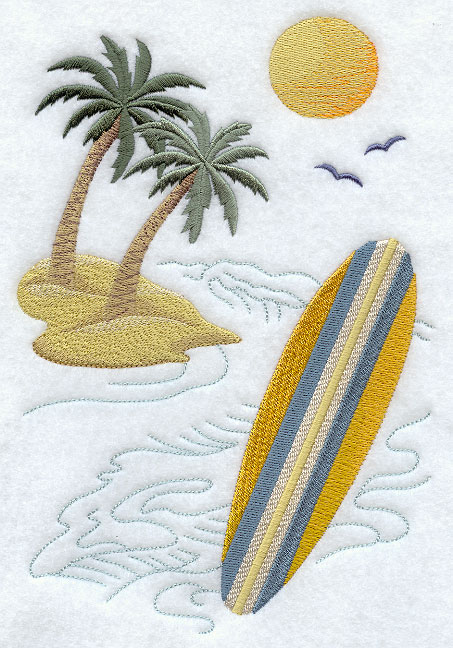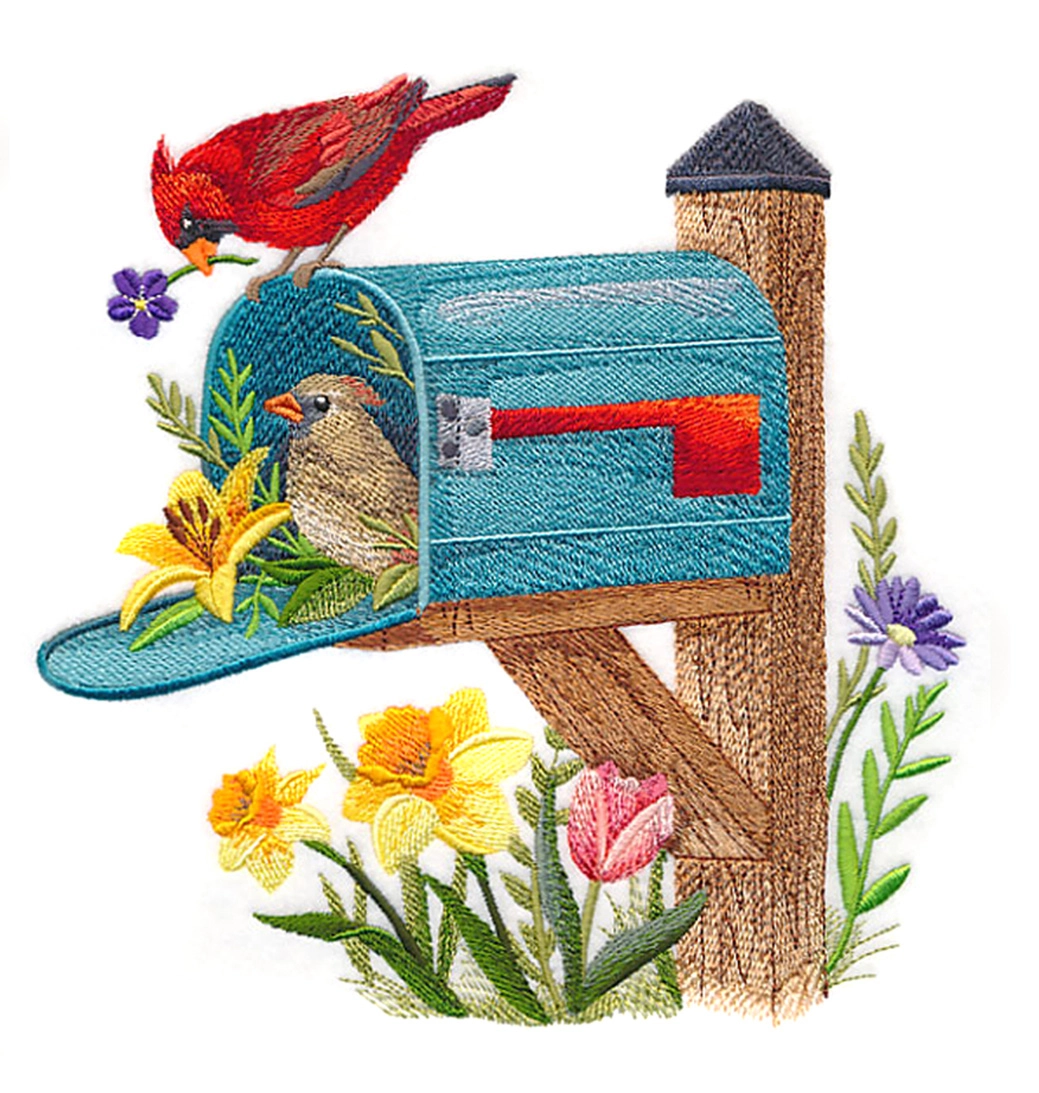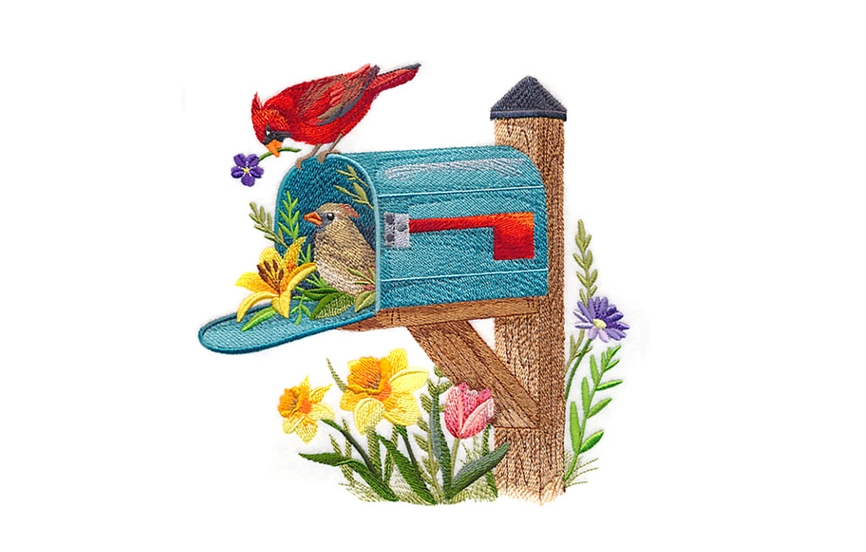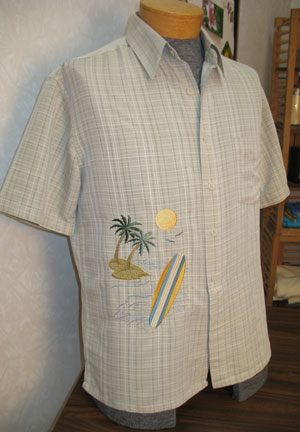
Take an ordinary button-up shirt and turn it into an embroidered masterpiece!
In a few short steps, we will show you how to jazz up a shirt - avoiding puckering, preventing shifting, and hooping your garment properly for stellar results.
Read below for these free project instructions.
Supplies
Supplies Needed:
**Shirt (we embroidered on a button-up camp shirt)
**Medium weight cutaway stabilizer
**Temporary spray adhesive
**Air-erase pen (or other marking tool)
Designs used:
Surfing Panel (large)
This design is also available in the following design packs:
Designs Used
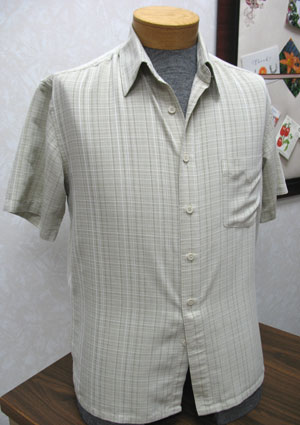
To begin, we recommend that you wash and dry the garment before embroidering. This will pre-shrink the garment and ensure that the embroidery will not distort or pucker after the garment is laundered. We are embroidering on a rayon and polyester blend shirt. Cotton, linen, twill, and denim shirts will also work wonderfully.
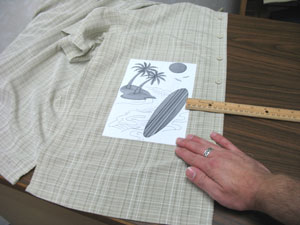
To place the design, create a paper template of the design by printing it at full size. If you don't have embroidery software, you can cut a piece of paper the shape and dimensions of the design to help with placement and centering. Place the template on the shirt (we are placing the design on the left side of the front of the shirt). For adult sizes, place the template about 3 inches from the right edge of the design to the edge of the button placket and about 6 inches from the bottom edge of the design to the bottom edge of the shirt. If you are embroidering on a child size shirt, place the template about 2 inches from the right edge of the design to the edge of the button placket and about 4 1/2 inches from the bottom edge of the design to the bottom edge of the shirt. Also, remember that design placement is ultimately up to you.
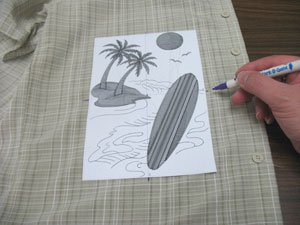
Using an air-erase pen (or other marking tool), poke a hole in the center of the template and mark the fabric. Also, mark the horizontal and vertical axis points as well.
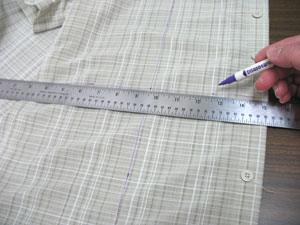
Remove the template and draw lines to connect the axis points. These lines will be used for hooping - draw the lines as wide and high as your hoop.
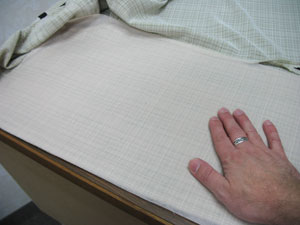
Cut a piece of medium weight (2 oz.) cutaway stabilizer a bit larger than your hoop. Spray the stabilizer with temporary adhesive and smooth it on the backside of the area to be embroidered. We are using Floriani No Show Mesh cutaway stabilizer. It's lightweight, which drapes well when used on a shirt, and it is sturdy enough to handle designs with high stitch counts.
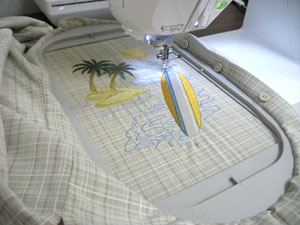
Hoop the fabric and stabilizer together by aligning the marks on the hoop with the lines on the fabric. Since we are embroidering on a lightweight rayon/poly blend shirt, we made sure to hoop the shirt nice and tight. If the shirt is not hooped tightly, the fabric will surely shift and cause puckering and possibly cause areas of the design to not line up. If you are concerned about hoop-burn (marks left behind after the shirt is unhooped) you can simply launder the shirt or wet your fingertips with water and dab the marks. This will return the moisture to the shirt and the marks will disappear. To be sure that the hoop is tight enough, try hooping the shirt so that the hoop is snug. Then, turn the hand screw with your fingers, or carefully turn it with a screwdriver to fully tighten the hoop. Load the design and move the hoop so that the needle is directly over the center point on the fabric. Embroider the design.
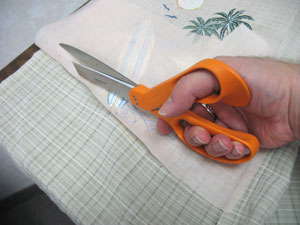
After the design has finished, unhoop the shirt and carefully trim away the excess stabilizer on the back of the embroidery by first flipping the edges of the stabilizer up so that you can see the back of the stabilizer and then trimming it away. Doing this ensures that you will always see the garment thus you will not cut through it. Leave about 1/4 inch to 1/2 inch of excess around the design - this will help support the embroidery through the life of the shirt. You may notice that the stabilizer makes the shirt somewhat stiff. The stabilizer will soften after the first wash and continue to soften with further washings allowing the shirt to drape nicely.
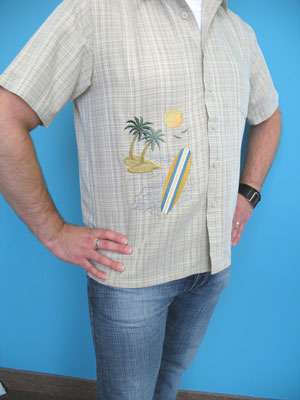
And there you have it! A fantastic, fashionable, and fun shirt!
